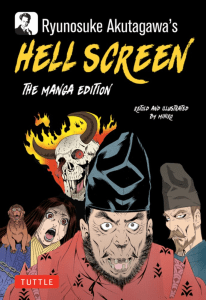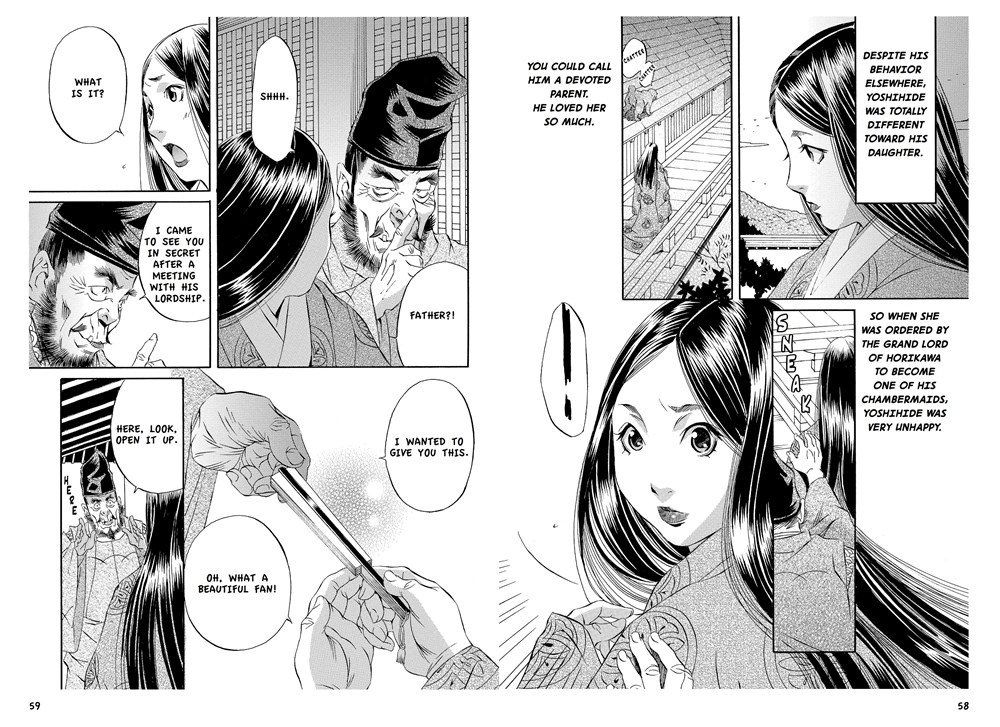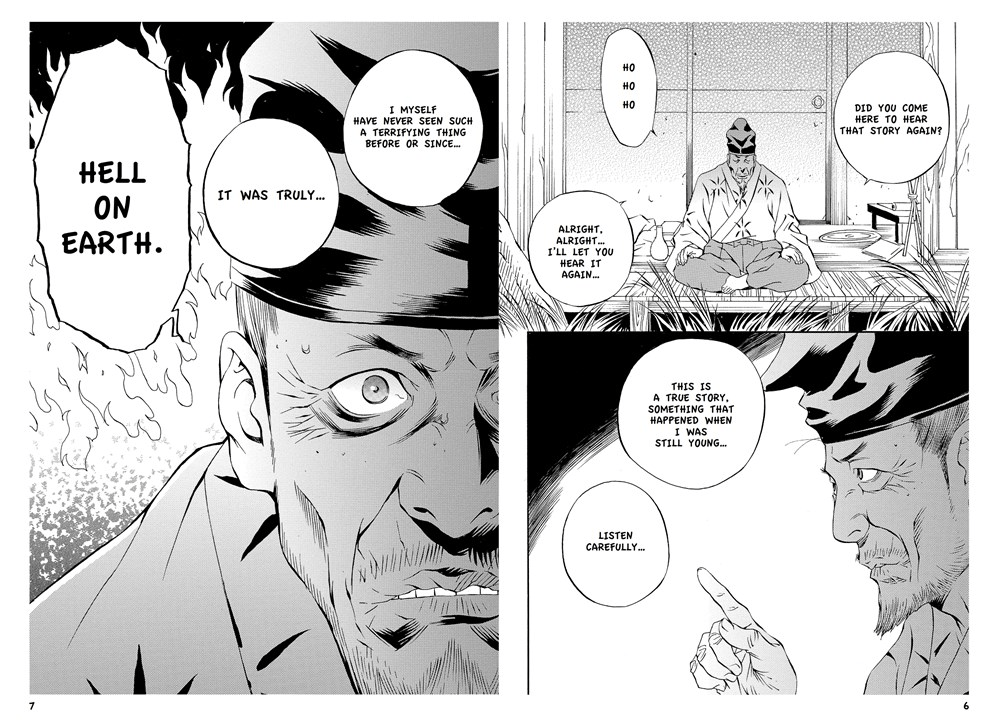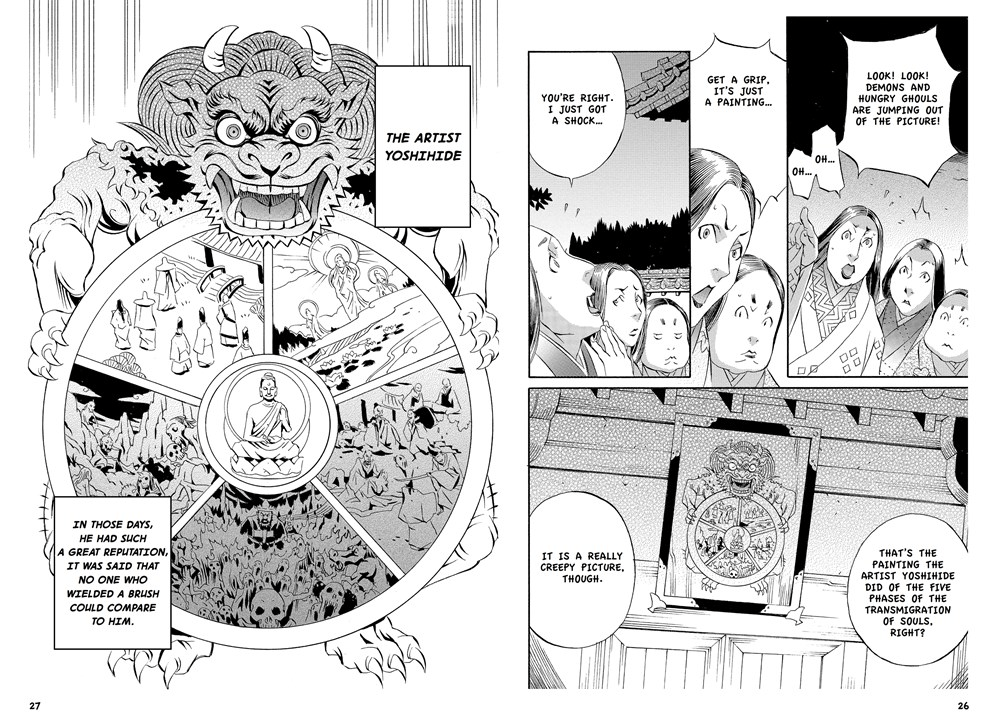 Manga adaptations are a great way to be introduced to other forms of media you may have never considered paying attention to before or had no access to. More and more culturally significant stories by world-famous writers are being turned into tankobon, an independent or standalone manga book, like Haruki Murakami Manga Stories 3, a manga adaptation of Haruki Murakami’s short stories.
Manga adaptations are a great way to be introduced to other forms of media you may have never considered paying attention to before or had no access to. More and more culturally significant stories by world-famous writers are being turned into tankobon, an independent or standalone manga book, like Haruki Murakami Manga Stories 3, a manga adaptation of Haruki Murakami’s short stories.
Fans of Japanese literature or the curious now have an entry point into renowned literature writer Ryunosuke Akutagawa’s works. Akutagawa was a short-story writer, poet, and essayist, and one of the first Japanese modernists whose works were translated into English. Among his more popular stories is Hell Screen, originally published and serialized in two newspapers in 1918 and translated into English in 1948. The story, set in the Heian era outside Kyoto, is narrated by a servant of Lord Horikawa, reflecting on the life of Yoshihide, a renowned but sinister painter.
Ryunosuke Akutagawa’s Hell Screen: The Manga Edition is a 192-page manga adaptation of the famed horror story. The manga is a short, yet engaging read that you won’t want to put down, leaving you with a sense of exhilarating discomfort in the outcome of the story. I never read an Akutagawa story, but the manga helps grasp readers’ attention in an effective format for horror manga fans. If you are a fan of Japanese folklore and religious deities, you will likely enjoy this tankobon and want to seek out the original story as I have.

Though admired for his artistic skill, Yoshihide is infamous for his grotesque and unsettling works, which are rumored to “smell of death.” A Buddhist priest condemns him as “rotten to the core,” citing his habit of studying real corpses to achieve realism. Yoshihide claims to not be able to paint something he has not seen before. So when he is commissioned to paint a screen of Hell for the Lord, he goes on to find subjects to reenact torturous acts to aid his efforts.

While Yoshihide is a cruel man, his one tender side is his love for his daughter, Yuzuki, a kind and beloved young woman who serves as the Lord’s chambermaid. When Yoshihide is commissioned to create a Hell Screen—a grand depiction of Buddhist hell—his obsession with realism drives him to torture his apprentices to capture true expressions of pain and suffering. He insists the painting cannot be complete without witnessing a woman burning alive in a carriage.
The use of foreshadowing in the early chapters ties together the whole story, but leaves room for plenty of unforeseen horrors. These horrorifc scenes are perfectly portrayed through Mihiro’s illustrations that are a mix of traditional Japanese folklore art and modern manga styles. Every character is emotive and their pain can be felt through each cruel act.

After the gruesome event, the Hell Screen is unveiled, its terrifying detail capturing every torment he witnessed. With his masterpiece completed, Yoshihide leaves the palace, his descent into his own personal hell complete.
As to not spoil the story, I will say that the multiple plot twists are indeed creepy and make you smirk at the unresolved mysteries. It’s a genius ending that leaves you wondering and makes you want to read more.
Note: Recommended for readers ages 16+ due to mature themes and graphic content.

